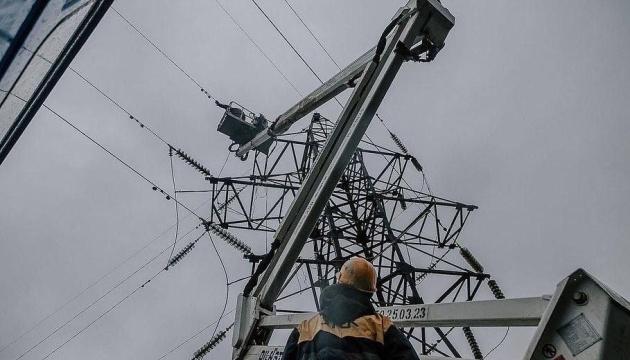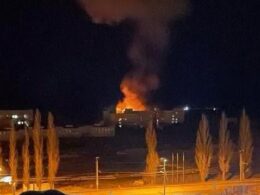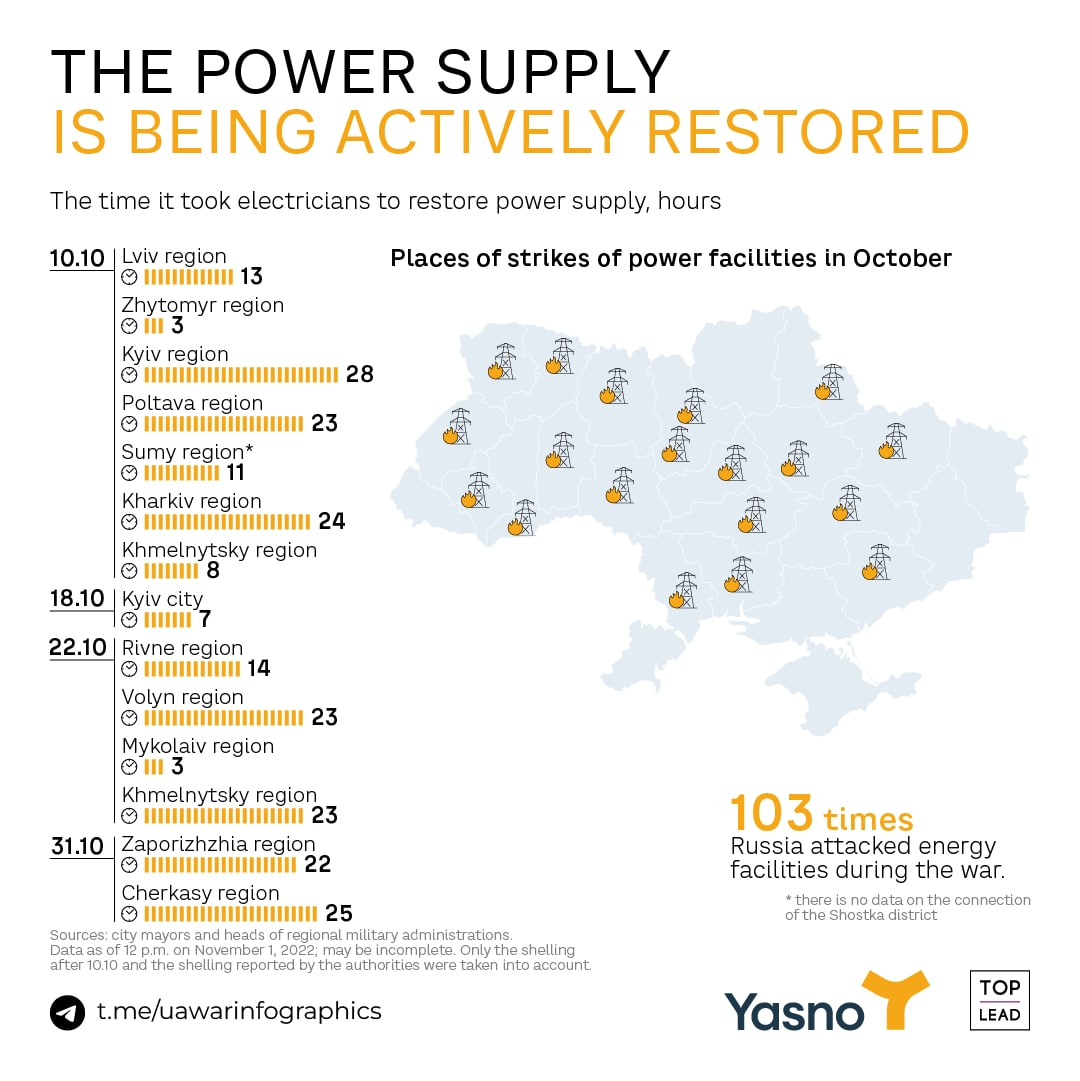"Altogether, thanks to the warm and sunny weather in Ukraine, there is currently no shortage of electricity," the Ministry statement reads.
- Russia has intensified attacks on Ukraine's energy system since March 2024.
- A massive air assault occurred on 22 March, Russia attacked Ukraine with 63 kamikaze drones and 88 various types of missiles, with air defense managing to shoot down 55 Shahed drones and 37 missiles. This was called the largest attack on Ukraine's energy system during the war by Volodymyr Kudrytskyi, head of NEC "Ukrenergo."
- Another significant attack occurred on 29 March, with 60 Shahed drones and 39 missiles used by Russia; air defense successfully downed 58 drones and 26 missiles. Following the attack, Ukraine's power grid operator Ukrenergo stated that the power grid remains stable despite damage to thermal and hydroelectric facilities, resulting in limited electricity consumption in the Kryvyi Rih area.
- Smaller-scale strikes, using missiles and explosive drones, occur every day.
- The attacks destroyed the Dnipro Hydroelectric Power Plant in Zaporizhzhia - its operating company stated that its restoration is expected to take years, with the machine hall destroyed and some equipment needing to be manufactured from scratch., Kharkiv Thermoelectric Power Plant-5, Zmiiv Thermal Power Plant of Centrenergo, and DTEK's Burshtyn and Ladyzhyn Thermal Power Plants.
- On 6 April, Ukrenergo CEO Volodymyr Kudrytskyi revealed that to protect Ukraine's energy system from the severe consequences of Russian attacks, the strategy is to decentralize electricity production by building hundreds of small power plants throughout the country.
- On 8 April, Ukraine's Energy Minister said that Russia damaged 80% of Ukraine's non-nuclear power plants, including half its hydroelectric ones, and multiple substations over recent weeks.
- Energy Minister: Russia damaged 80% of Ukraine’s thermal power plants, half of hydroelectric ones
- Russia targets more power plants as Ukraine downs 58/60 explosive drones, 26/39 missiles
- During the week, Russia fired about 190 missiles, 140 Shaheds, and 700 guided bombs against Ukraine
- Dnipro hydroelectric plant out of service after Russian missile attack
- Russia fired 151 drones and missiles, Ukraine downed 92 aerial targets this morning





